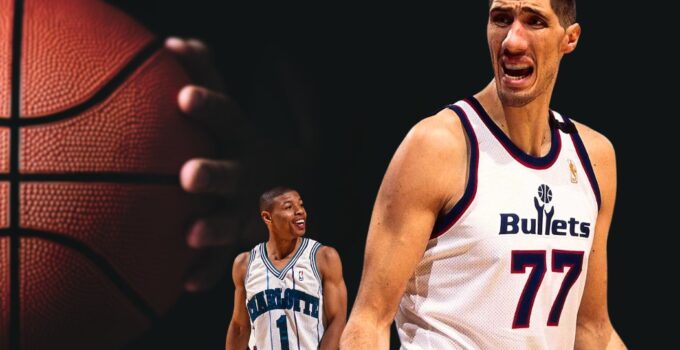While towering giants often dominate the basketball narrative, an eye-opening reality persists in the NBA landscape—the shortest players in the league have left an indelible mark on the game.
As the 2024 NBA season marches on, these diminutive basketball stars challenge what it means to be a professional basketball player, defying the assumed necessity of verticality for court dominance.
From players who have historically broken NBA height records to those currently rewriting the script, these athletes prove that skill and heart are not measured in inches.
The 2024 cadre of compact competitors continues this compelling storyline, with current standouts making substantial plays and showing that vertical reach is but one aspect of a multifaceted sport.
The narrative is further enriched when considering the historical shortest NBA players, who carved their legacies into the hardwood floors of arenas worldwide, standing as giants among men, regardless of their stature. All eyes are on the court as these athletes continue to dazzle fans and skeptics alike, redefining the physical expectations of one of the world’s most beloved sports.
Key Takeaways
- The current season showcases Shortest NBA Players in 2024 who exceed expectations with agility and skill.
- NBA height records are often spotlighted, but it’s the heart and hustle that make a player stand out.
- Historical shortest NBA players like Muggsy Bogues continue to inspire a new generation of basketball talents.
- In the realm of professional basketball, diminutive stars leverage their unique attributes to excel.
- The 2024 narrative of shorter players reflects a sports culture that respects performance over physical metrics.
- NBA fans are captivated by the dynamic presence these undersized athletes bring to the game.
Defying Height Norms in the 2024 Season
In a sport where height can be seen as a considerable advantage, the 2024 NBA season has borne witness to a remarkable shift. Undersized basketball players continue to demonstrate that talent and determination often triumph over physical prowess.
The likes of Markquis Nowell and other current compact NBA athletes are reinforcing the truth that basketball excellence isn’t solely the domain of the tallest players.
Breaking Through the 6-Foot Barrier: Current Compact NBA Athletes
Against conventional expectations, several current NBA compact athletes have not only shattered the 6-foot barrier but also propelled their teams to new heights with their indomitable spirit. These diminutive giants of basketball redefine what it means to be competitive in a league that traditionally favors height.
Markquis Nowell: Standing Tall in Skill and Ambition
At 5 feet 8 inches, Markquis Nowell commands attention, not for his stature, but for his stellar on-court performances. Embodying the skill and ambition that drives undersized basketball players, Nowell’s presence in the 2024 season captures the imagination of fans and aspiring athletes alike, proving that heart and hustle are invaluable assets in the ascent to basketball greatness.
Unveiling the Diminutive Giants of the Hardwood
The current roster of compact athletes within the NBA embody a tenacity that is larger than life. From nimble guards to strategic playmakers, these professionals reinforce the rich legacy established by the diminutive giants of the hardwood.
Their influence extends beyond their statistics, as they inspire a new generation to step beyond the shadows of convention and into the spotlight of an unforgiving, yet rewarding, arena.
Historical Shortest NBA Players: In 2024 & Through Basketball History
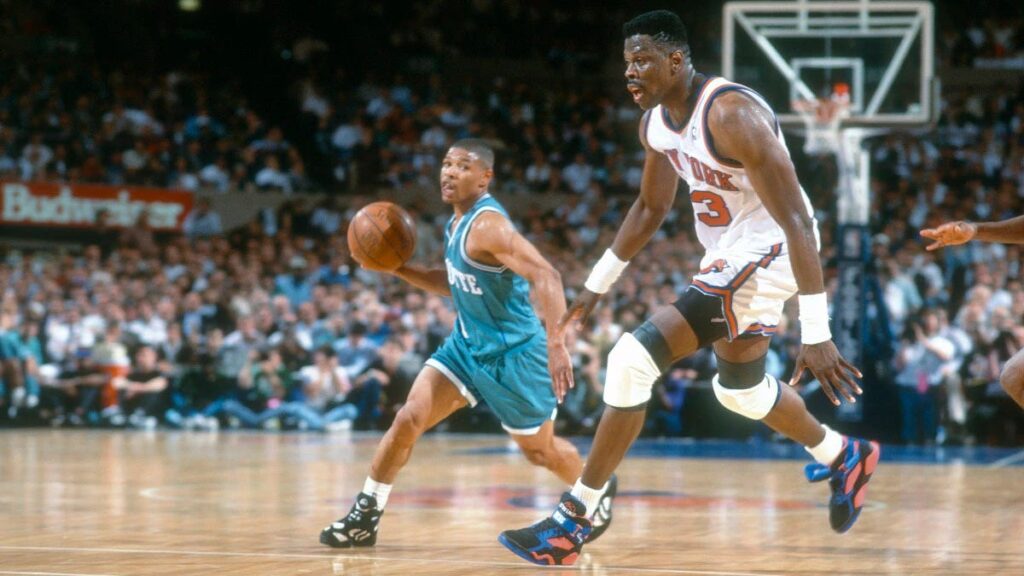
Source: sportshistory.substack.com
For decades, the NBA height records have been challenged by players who have turned their height challenges in professional basketball into commanding performances that belied their stature.
Among these individuals, Muggsy Bogues stands out, not just for his immense talent, but also for his unique distinction as the shortest player in NBA history. His 5-foot-3 frame glided across the court for 14 seasons, leaving an indelible mark on the game.
The tales of historical shortest NBA players continue with the likes of Earl Boykins and Mel Hirsch, who likewise demonstrated that excellence in basketball isn’t exclusively reserved for the towering athletes. It’s a narrative of determination, skill, and resilience in the face of inherent physical disadvantages.
| Player | Height | Career Span | Remarkable Achievement |
|---|---|---|---|
| Muggsy Bogues | 5’3″ | 1987-2001 | Longest career for a player under 5’6″ |
| Earl Boykins | 5’5″ | 1998-2012 | Second shortest player to play in the NBA |
| Mel Hirsch | 5’6″ | 1946-1947 | Played in the Basketball Association of America, which became the NBA |
Despite the spotlight often shining on the giants of the game, it is the heart and hustle of the shorter players that sometimes captures the true spirit of basketball.
- Muggsy Bogues: A true trailblazer who not only broke records but redefined what it means to be a point guard.
- Earl Boykins: His tenacity and speed made him a formidable opponent on both ends of the court.
- Mel Hirsch: Although his time in professional basketball was brief, he left a lasting impression that continues to inspire.
Within these athletes’ narratives lies a universal lesson that transcends sports: with passion and perseverance, obstacles can be transformed into stepping stones toward greatness. Their journeys remind us that in the face of height challenges in professional basketball, character and commitment often tip the scales in favor of the undaunted competitor.
Height Challenges in Professional Basketball
Amid the towering figures dominating the painted area, shorter players in the NBA have carved out a niche for themselves, overturning the tall athlete archetype with grit and finesse. Facing a height disadvantage in basketball, these agile sportsmen have turned to innovative gameplay strategy and successful NBA techniques to level the playing field.
The Impact of Height Disadvantage on Gameplay and Strategy
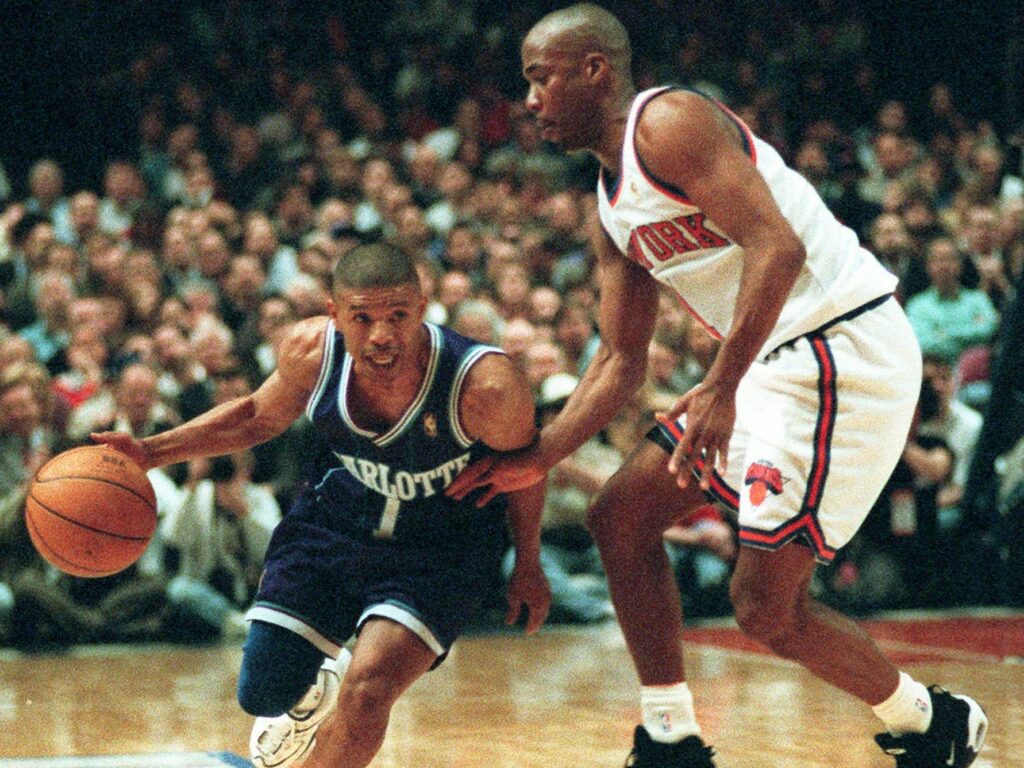
Source: npr.org
Height plays a pivotal role in basketball, but it’s not the sole factor determining a player’s success. Shorter athletes have developed keen gameplay strategies to mitigate their stature’s limitations.
By amplifying their agility and spatial awareness, they navigate the court with an efficiency that often eludes their taller peers. This acumen in the strategy is paramount, empowering them to leverage their unique advantages effectively.
Successful Techniques Used by Shorter Players in the NBA
Through a symphony of speed and adept ball handling, players like Fred VanVleet exemplify how skill can triumph over size. At 6 feet, VanVleet’s ability to average upwards of 20 points per game and secure his status as an indispensable team member underscores the efficacy of the techniques employed by those lacking in height.
This testament to the prowess of shorter players highlights an irrefutable truth — mastery and method can outplay mere physical dominance.
Winning Against the Odds: Inspirational Stories of Undersized Basketball Players
In the sphere of professional basketball, height has been long regarded as a significant advantage. Nevertheless, there are those who have risen above this physical standard to leave an indelible mark on the sport.
Among them, Muggsy Bogues and Spud Webb stand as towering figures of inspiration, their careers testament to the fact that heart and passion can overcome the tallest of obstacles.
Muggsy Bogues: Redefining the Court at 5’3”
No narrative of undersized basketball players is complete without mentioning the extraordinary Muggsy Bogues. Defying limitations at a mere 5 feet 3 inches, Bogues not only carved out a stellar NBA career but also redefined what it meant to compete at the highest level.
His extraordinary vision, ball-handling skills, and defensive prowess earned him a respectable place among basketball elites, proving him to be a formidable opponent on the court.
Spud Webb: Slam Dunking from New Heights
Spud Webb’s story is one of slam dunking triumphs that soared far beyond his physical height of 5 feet 7 inches. The highlight of his career, the 1986 NBA Slam Dunk Contest, saw him conquer the aerial spectacle, a feat that stunned spectators and fellow athletes alike.
Webb’s victory was not merely a personal success but also a moment of inspiration for scores of aspiring athletes. It served as a vivid illustration that with enough skill and determination, the ceiling of potential is boundless.
The tales of Muggsy Bogues and Spud Webb are not merely footnotes in basketball history but brighter beacons for every aspiring player not to measure their potential in inches or centimeters, but rather in the size of their determination and the scope of their dreams.
NBA Height Records and Their Breakers
The narrative of the NBA is often dominated by tales of towering figures, but a closer look at NBA height records reveals an inspiring counterstory. The shortest NBA players in history have left indelible marks on the game, punctuating the annals of basketball with their remarkable achievements despite their stature.
The league’s history brims with these stories, underscoring a powerful message: skill and heart can eclipse the perceived limitations of height in basketball.
Basketball height statistics are more than mere numbers—they are testimonies to the grit and prowess of athletes who faced every inch of their challenges head-on. From prodigious playmakers to defensive dynamos, these players stretched the very fabric of the sport’s height spectrum, crafting legacies that resonate with players and fans alike.
| Player | Height | Career Years | Notable Achievement |
|---|---|---|---|
| Muggsy Bogues | 5’3″ | 1987-2001 | Shortest player in NBA history |
| Earl Boykins | 5’5″ | 1998-2012 | Second shortest player to have played in the NBA |
| Mel Hirsch | 5’6″ | 1946-1947 | Shortest player during his playing time |
Countering the traditional profiling of basketball physiques, these individuals have carved out their unique space in the chronicles of the sport. Their careers prove emphatically that the limitations of height can be surmounted through hard work, unrivaled skill, and an undaunted spirit—a truth forever captured in the echoes of their sneakers on the hardwood.
Training and Adaptation: How Shorter Players in the NBA Excel
Despite not having the towering height of some of their peers, compact NBA athletes have become masters at maximizing their physical capabilities. Training for NBA players who are shorter focuses on overcoming height disadvantage with regimented, specialized workouts that prioritize skillful play and agility in basketball.
Overcoming Height Disadvantage with Skillful Play and Agility
In a sport where vertical reach often seems paramount, compact NBA athletes have carved out their niche through intense focus on skill development. Through a series of targeted exercises, these players enhance their dribbling, shooting, and passing—transforming perceived limits into their strongest assets.
Workouts and Drills Tailored to Compact NBA Athletes
The training regimens designed for shorter players in the NBA are meticulously crafted to increase speed and precision. These drills are not one-size-fits-all; they are highly individualized to suit each player’s unique needs and abilities. The table below outlines some of the key exercises that form the crux of their training routine.
| Workout Component | Purpose | Basketball Skill Targeted |
|---|---|---|
| Plyometric Drills | Increases explosiveness and vertical leap | Jumping and Dunking |
| Ball Handling Circuits | Enhances coordination and control | Dribbling and Handling Pressure |
| Speed Ladder Routines | Improves footwork and agility | Defensive Positioning and Transition Offense |
| Shooting Workouts | Refines accuracy under diverse scenarios | Field Goal and Free Throw Proficiency |
| Strength Conditioning | Builds core and muscular endurance | Rebounding and Physicality in Defense |
| Mental Toughness Training | Fosters resilience and in-game focus | Game IQ and Decision Making |
These fine-tuned programs form the cornerstone of success for shorter NBA players, who demonstrate time and again that agility, intellect, and indefatigable spirit stand on equal footing with physical stature in the realm of basketball excellence.
Electrifying the Court: The Athleticism of Diminutive Basketball Stars
The arena of professional basketball brims with the energy of athletes who, despite their smaller stature, command the court with electrifying skill and an unyielding spirit. The athleticism of diminutive basketball stars can often turn the tide of a game, drawing fans to the edge of their seats with displays of exceptional agility and speed.
Their ability to navigate the giants of the game showcases the relentless pursuit of excellence irrespective of physical size.
These players, often underestimated due to their height, have risen to the challenge with fierce determination, using their compact agility to dart through defenses and score against towering opponents. Names like Chris Clemons and Nate Robinson resonate not just as skilled athletes but as monumental figures who elevate the game beyond its traditional constraints. It’s in their breathtaking leaps for a dunk or their sprint down the court for a steal where the crowd truly witnesses the raw magnificence of these titans of tenacity.
Consider the following highlights, which encapsulate the boundless energy and paramount presence of these court connoisseurs:
- Chris Clemons, standing just 5 feet 9 inches tall, consistently delivered high-powered performances that left both fans and critics in awe, contributing to the Houston Rockets’ dynamic gameplay.
- Nate Robinson’s trio of NBA Slam Dunk Contest victories, seized with a height barely skimming 5 feet 9 inches, became testament to the enormity of heart and hustle over height in basketball lore.
The visual spread of their performances is a spectacle of sheer athleticism. Their high-flying antics and rapid maneuvers exemplify not just the talent possible within the framework of professional basketball but the ceiling-shattering potential of those once seen as the underdogs of the court.
In the chronicles of NBA history, these individuals have not just etched their names; they’ve redefined the parameters of success.
It’s not merely the points scored but the irrepressible energy they inject into each game that has turned these players into beloved icons of the sport.
The raw magnetism of their court performances continues to inspire a new wave of athletes, who see in them a reflection of what is possible despite the physical imposition of a height-centric sport. Agility, speed, and an indomitable will—these are the electrifying attributes that will continue to define the legacy of basketball’s most dynamic and diminutive stars.
Height Disadvantage in Basketball: Tactics and Team Dynamics
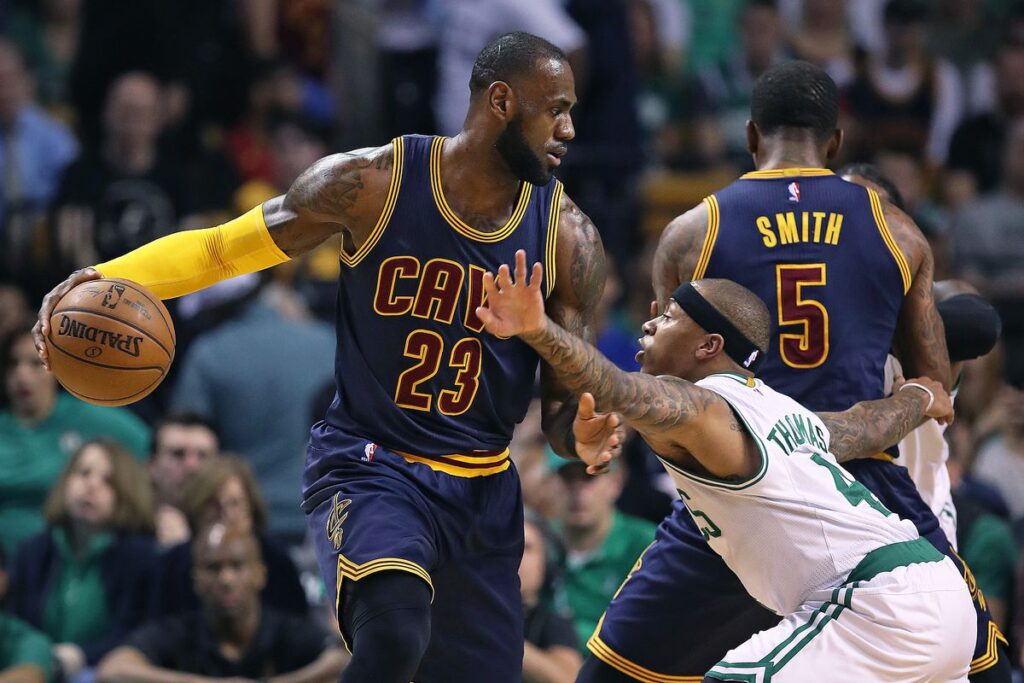
Source: celticsblog.com
While towering giants often capture the spotlight in basketball, the presence of shorter players on the court introduces a compelling layer of strategy and team dynamics.
Recognizing the potential of athletes with a height disadvantage in basketball, coaches have reshaped traditional playbooks to include innovative game plans that optimize these players’ strengths. This shift creates a more balanced team composition, ensuring that the talents of each player, regardless of height, are utilized in a synergistic manner.
The Vital Role of Shorter Players in a Balanced Team Composition
Demonstrating agility and dexterity, shorter players bring a dynamism to the game that proves indispensable for teams seeking versatility. Their ability to execute rapid plays often catches larger opponents off guard, proving that nuanced team dynamics can compensate for what they lack in vertical reach.
Innovative Game Plans Featuring Undersized NBA Talent
To leverage the unique prowess of undersized players, coaches devise game plans that emphasize speed, unpredictability, and precision. Rather than focusing solely on height, these tactics highlight the importance of a well-rounded team that can adapt quickly to the ever-evolving nature of professional basketball.
| Attribute | Advantages in Team Dynamics | Examples of Innovative Plans |
|---|---|---|
| Speed and Agility | Facilitate fast-break opportunities and press defense | Quick transition plays designed for fast guards |
| Ball Handling | More controlled offense, better playmaking | Isolation plays allowing guards to create shots |
| Steals and Perimeter Defense | Disruptive defense leading to turnover-induced points | High-pressure defense schemes targeting opponent ball handlers |
| Floor Spacing and Shooting | Opens up driving lanes for teammates | Off-ball movement plays maximizing shooting potential |
Global Influence: Shortest NBA Players as International Sensations
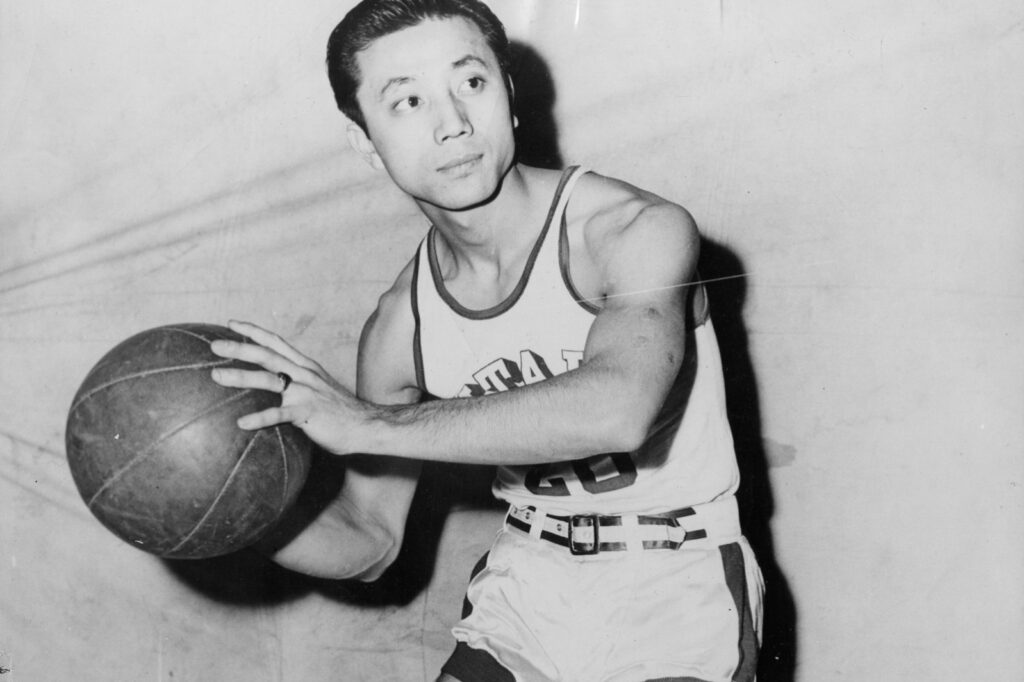
Source: washingtonpost.com
The stature of the NBA’s shortest players belies their colossal impact on the global stage. Far from being confined to America’s basketball courts, these athletes have penetrated international borders, carving out a substantial following that typifies the global influence of the NBA.
Their commitment and prowess resonate across countries, inspiring a new generation of players outside the typical physical archetype associated with the sport.
Cultural Impact and Fan Following of Compact NBA Icons
Compact NBA icons have not only awed fans with their skills but have also made lasting impressions on the cultural fabric of countries across the globe.
The determination and tenacity shown by players like Wataru Misaka have not gone unnoticed, giving rise to a cultural phenomenon that celebrates diversity and the disruption of conventional norms. As these players achieve celebrity status, they also foster a deepened appreciation for the sport itself, extending its reach and reinforcing its mass appeal.
Extending Beyond the American Courts: Shorter Player Phenomena Globally
The phenomenon of international basketball sensations who are among the NBA’s shortest is a testament to the league’s expansive outreach. Basketball clinics, exhibition games, and the prevalence of player jerseys in far-flung locales underscore the universal appeal that these athletes command.
Their stories of overcoming adversity have transcended the sport, offering a narrative of possibility that resonates with fans from all walks of life, regardless of geography.
Conclusion
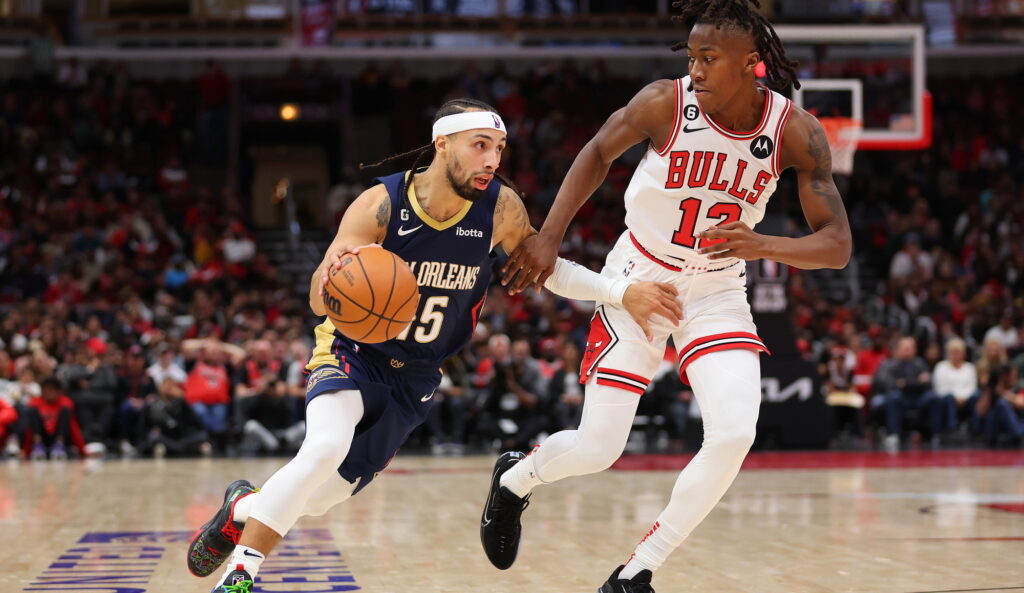
Source: nba.com
In the echelons of professional basketball, where towering figures dominate the limelight, a unique breed of players defies the traditional height metrics that many assume to preordain success.
The remarkable journeys of the historical shortest NBA players and their modern counterparts highlight a compelling story of overcoming height challenges in professional basketball. These diminutive basketball stars, with heart and hustle outsizing their stature, have etched their names in sports history, reaffirming that tenacity can level the playing field.
The endeavors of these athletes signal that a height disadvantage in basketball is but a hurdle, not a roadblock. From the heroic tales of those who first set the records to the current icons who continue to push the boundaries, their impact resonates beyond the scoreboard.
They have not only carved a niche for themselves in the league but also opened doors for aspirational talents around the globe, challenging the status quo and redefining the parameters of athletic excellence.
As we reflect on the legacy and the dynamic influence of these athletes, it becomes undeniably clear that determination, skill, and an indomitable spirit remain the paramount forces in transcending perceived limitations.
Aspiring athletes emboldened by these stories will heed the clear message: play with a giant’s resolve, no matter the size of one’s shadow. It is this enduring narrative of courage and capability that will continue to inspire future generations to not only dream but also dare to achieve greatness, regardless of the odds.
FAQ
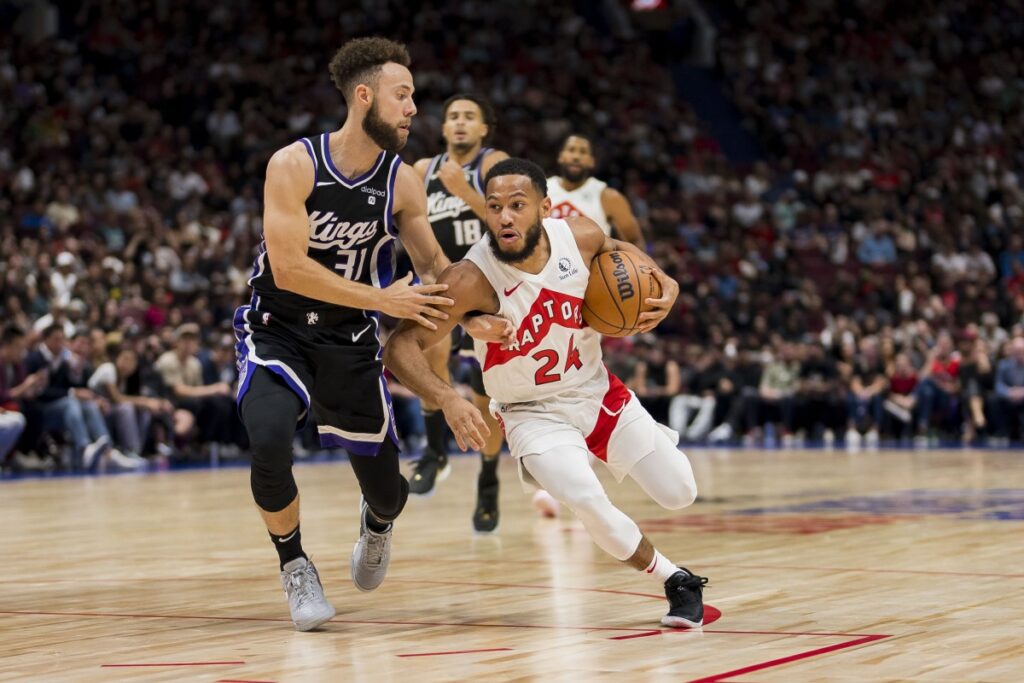
Source: si.com
Who are the shortest NBA players in the 2024 season?
Markquis Nowell and Jacob Gilyard are two of the notably shorter NBA players in the 2024 season, standing at 5 feet 8 inches and 5 feet 9 inches, respectively.
Who holds the record for being the shortest player in NBA history?
Muggsy Bogues holds the distinction of being the shortest NBA player ever, with a height of 5 feet 3 inches.
What inspirational stories exist of undersized basketball players succeeding in the NBA?
Inspirational stories include Muggsy Bogues’ impactful 14-season NBA career at 5 feet 3 inches and Spud Webb’s victory in the 1986 NBA Slam Dunk Contest, defying odds at 5 feet 7 inches.
How do shorter players in the NBA train to compete at the highest level?
Shorter players engage in tailored workouts that focus on enhancing their natural agility, improving ball handling, increasing speed, and perfecting shooting techniques. They also concentrate on building mental toughness to handle the psychological challenges of competition.

